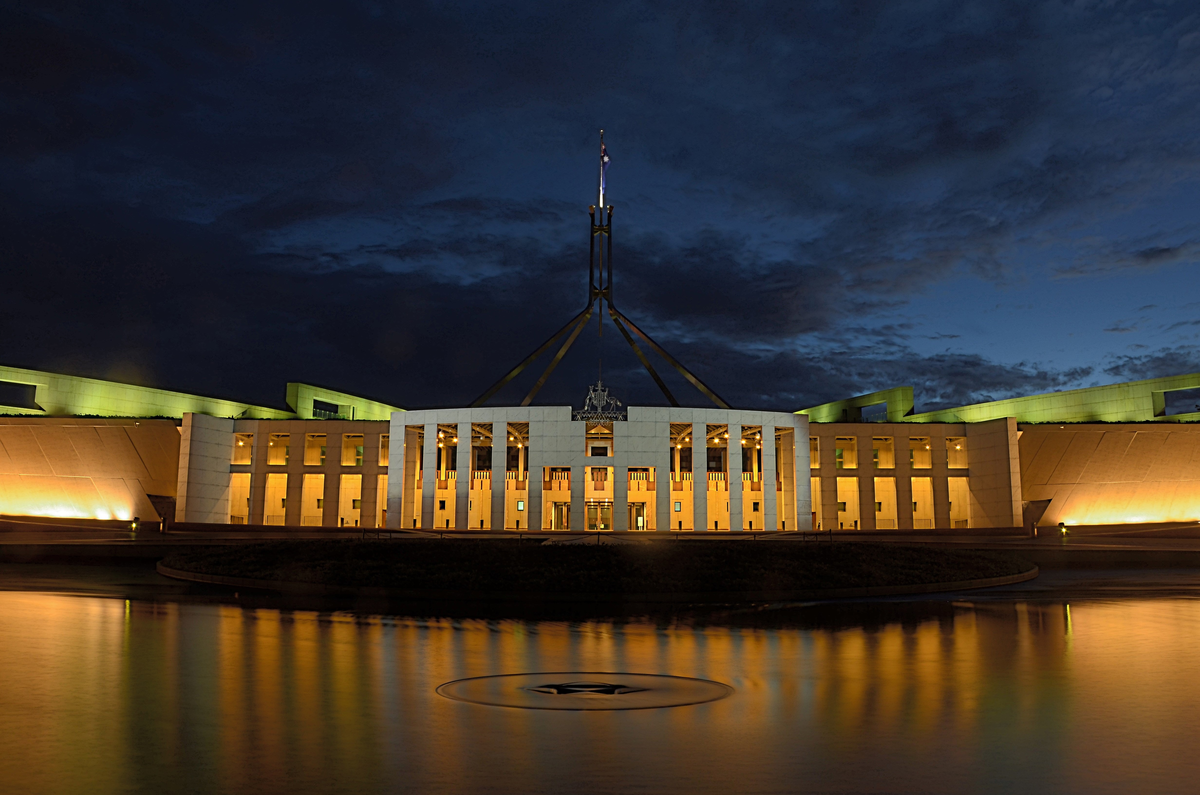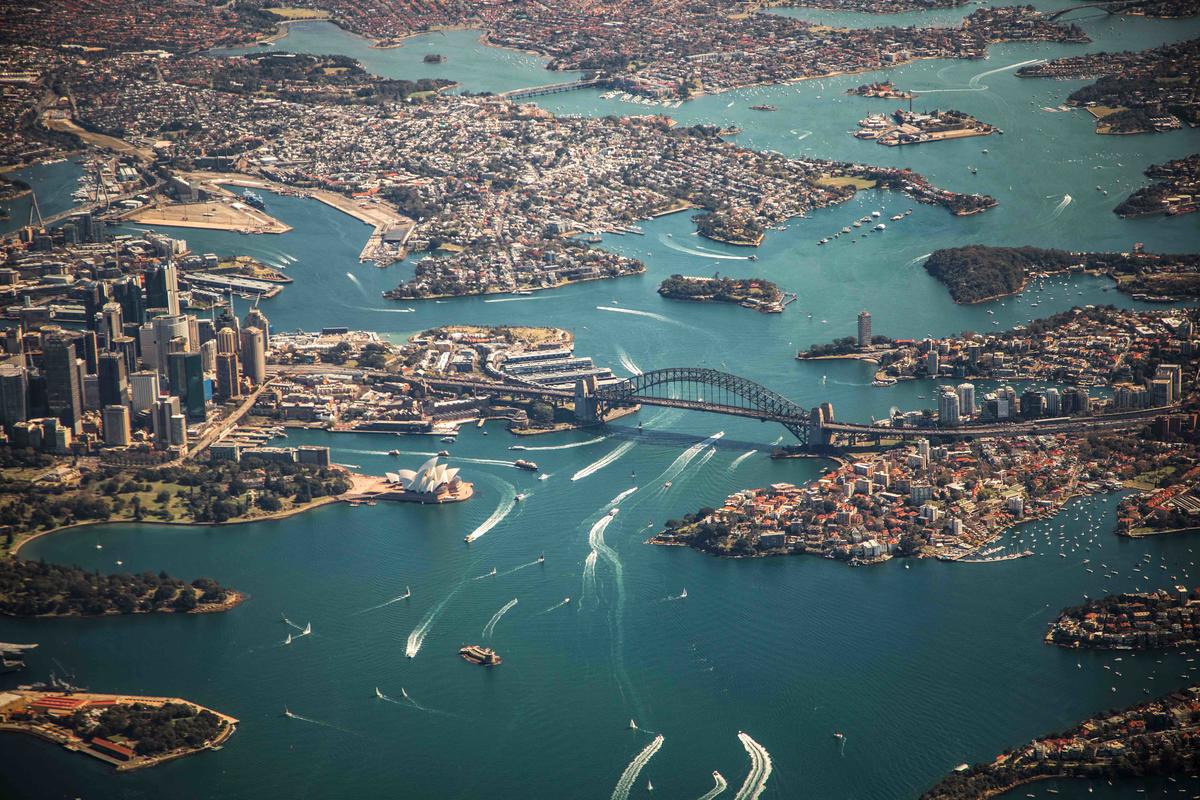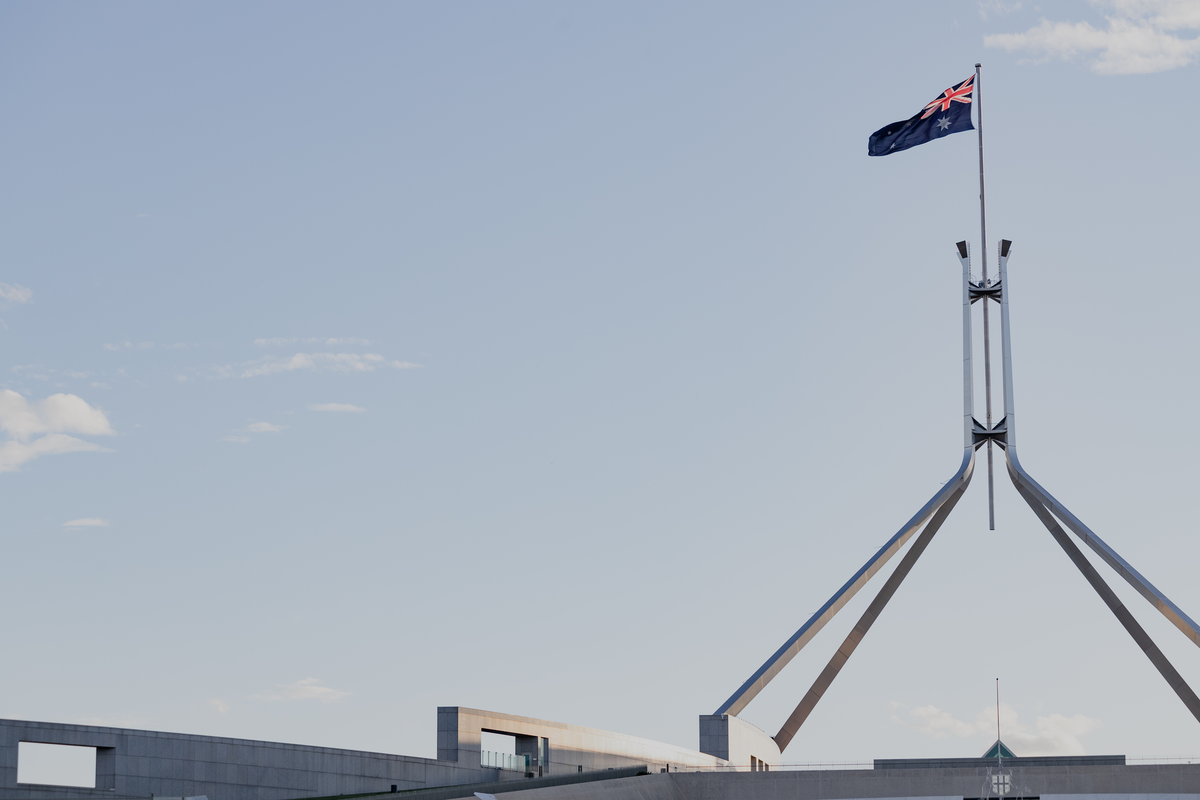A Commonwealth with a common purpose – Chalmers’ carefully calibrated budget
Federal Treasurer, Jim Chalmers, was all smiles as he delivered a dramatic turnaround in the financial fortunes of the nation with the first Federal Government budget surplus in 15 years, and Labor’s first in 35 years.
This budget, which was delivered last night, is a politically significant achievement for the Treasurer and the Albanese Government, bolstering the ALP’s economic management credentials. While focusing on the economics, Dr Chalmers has delivered a Budget in the Labor tradition, focused on helping those Australians hard hit by current pressures. The Budget took a conservative approach to unexpectedly higher revenues, banking 82 per cent of the windfall to reduce debt and minimise its inflationary impact.
With many Budget measures pre-announced, the big surprise was $3.5 billion for Medicare, tripling bulk billing incentives to address the sharp decline in bulk billing over the past few years. This is the largest increase to the bulk billing incentive in the 40-year history of Medicare, and it is expected to benefit more than 11 million Australians.
This hallmark initiative rounded out a series of other socially compassionate budget announcements including a significant cost-of-living package, wage increases for aged workers and nurses, and boosts to JobSeeker and youth payments.
Business did not score as well as Australians in need, with a limited focus on new tax concessions for business with Australia’s gas sector and multinationals having to pay higher taxes to balance out the spending. There was however significant investment in a new national skills agreement targeting areas of critical need.
While this year has been a pleasant surprise for individual Australians, the Budget points to weak economic growth, an increase in unemployment, and a return to a budget deficit in 2024/25.
Big ticket items
|
Health
|
|
| Cost of living |
|
| Immigration |
|
| Cleaner, greener energy |
|
Initial reactions
Energy sector: Australian Petroleum Production & Exploration Association CEO Samantha McCulloch said the government's new future gas strategy would help secure new gas supplies to avoid shortfalls, keep the lights on, put downward pressure on prices, and deliver substantial economic benefits.
Health sector: The Royal Australian College of GPs called the budget a "game changer" for GPs, practices, and patients. Dr. Nicole Higgins welcomed the hike in Medicare rebates, including the tripling of the bulk billing incentive. Additionally, the new Medicare item, Level E, will help patients with complex needs, such as those with chronic conditions and mental health issues, to access better care.
Tech sector: The Tech Council of Australia welcomed new investments to improve the skilled migration system, support the next generation of Australia's tech industry, and strengthen Australia’s cyber security preparedness and resilience. "This Budget will help take our tech smarts and turn them into high-paid jobs and globally successful businesses," CEO Kate Pounder said.
Financial sector: Financial Services Council CEO Blake Briggs congratulated the Government on its fiscal discipline delivering a significant improvement in the 2022-23 budget position, putting Australia in a strong position going into a more challenging economic environment.
Opposition: Shadow Treasurer Angus Taylor told the ABC “a drover’s dog could have delivered this surplus”, pointing to the higher-than-expected revenues, and warned the real test for Labor lay in future budgets.
Crossbench: Greens Leader Adam Bandt criticised Labor for prioritising a surplus over supporting people in poverty. He expressed disappointment that the budget continued to support tax cuts, nuclear submarines, and "handouts for wealthy property investors and fossil fuel corporations."
Teal MP Allegra Spender backed the Budget's power bill help, single parenting help and household electrification package. However, she expressed disappointment about Labor's reforms to PRRT and continued growth in fossil fuel subsidies.
Winners and losers
The government's second budget in less than a year has been announced, revealing winners and losers and highlighting the need for prioritising vulnerable Australians to balance the books. The budget is expected to bring a small surplus of around $4bn this year, ending a 15-year-long deficit. However, deficits are predicted for the next four years with many Australians facing financial struggles.
Winners |
Losers |
| Low and middle income earners:$14.6 billion to increase payments for JobSeeker, Austudy, and Youth Allowance. Energy relief up to $500 for 5 million households is also included. | Gas companies:LNG producers will pay an additional $2.4 billion in taxes due to changes in the Petroleum Resources Rent Tax. Tax deductions will be limited, and stricter measures will be implemented. |
| Superannuation:From July 2026, employers will pay super at payday rather than quarterly, improving retirement incomes for young workers. | Pharmacists:Pharmacies will incur an additional cost of around $170,000 per year as patients can now buy 60 days' worth of common medicines for chronic conditions instead of 30 days. |
| Medicare and health:A $3.5 billion, five-year package will encourage doctors to bulk-bill. Money will also be used for modernising My Health Record, lung cancer screening, and cheaper common medicines. | Smokers and vapers:Smokers will have a 5 per cent annual tax increase for three years, while vapers will have limited flavor choices, generating $3.3 billion extra revenue with the government also allocating $63 million towards prevention and imposing new regulations on vape purchases. |
| Small business:A tax discount of up to $20,000 will be offered to small businesses with an annual turnover under $50 million to incentivise more energy-efficient practices, expecting to benefit up to 3.8 million businesses. | Immigrants:Visa fees for temporary and permanent residency will go up by 6 per cent, generating $660 million to reduce immigration backlogs, with short-stay visa applicants facing a 21 per cent fee increase, while migration is predicted to return to normal levels in 2 years. |
| Defence:Australia's defence spending overall is increasing with an additional $11+ billion over the next four years for naval programs and improving our cyber and sovereign capabilities. | Truckers:The government plans to increase the heavy vehicle road user charge to 32.4 cents per liter of diesel by 2025-26 saving $1.1 billion over four years which will go towards road maintenance and repairs. |
| Indigenous Australians:$1.9 billion will be spent over five years to enhance Indigenous people's lives and economic prospects, and $360 million will be allocated for the Indigenous Voice to Parliament referendum. | Scammers:The government will spend $86.5 million over four years to fight scams and online fraud, including $58 million for a National Anti-Scam Centre and $17.6 million to dismantle phishing websites. |
| Pacific region:A $1.4 billion boost will improve law enforcement and security infrastructure in the Pacific region, with $370 million to expand the Pacific Australia Labour Mobility scheme. | Multinationals:The government’s implementation of pillar two of the OECD/G20 multilateral agreement on global tax is part of a worldwide shake-up of company tax involving more than 135 countries. The “Pillar Two” taxation reforms will bring in $370 million over the five years from 1 January 2024. |
Where is the money coming from?
The Government’s new revenue raising measures include:
- Regaining $3.3 billion over the forward estimates by increasing the tax on tobacco products from 1 September, to increase duties per kilogram on imported tobacco products.
- Recouping around $2.4 billion through changes to the Petroleum Resources Rent Tax charging gas providers benefiting from the export market.
- Creating efficiencies of $1.3 billion over four years by allowing PBS medicines to be dispensed from pharmacies from 1 September 2023.
The bulk of the heavy lifting to return a healthy economic outlook has simply reflected higher commodity prices in iron ore, gas and coal prices than previously assumed, which have steadily reduced Government’s deficit since the onset of the COVID-19 pandemic.
The projections also factor in changes to Australia’s global trading outlook, including our regional and strategic partnerships, following the thaw in trading relations with China and projecting a boost to Australian businesses increasing trade with India and Great Britain.
The Government is now expecting to gain $138.4 billion in revenue from company tax, where the October projections placed that figure conservatively at $99.8 billion.
The Government will also seek to reduce its spending through cuts to agencies, to help fund the growth of other task forces identified during its election commitments, including $65 million cut in the next financial year for the refugee, humanitarian settlement and migrant services; and more than $125 million from this year’s $611 million offshore management budget.
Where to from here?
This year’s surplus has been delivered by surging revenues and strong commodity prices that have been helped by the war in the Ukraine and inflation. All these factors have helped to deliver a remarkable financial outcome.
$17.8 billion in savings have been recorded along with redirected spending. The Treasurer and Finance Minister have shown enormous financial and political discipline in delivering savings. Despite all these positives, Treasury’s projections also indicate that darker days are on the horizon.
Next year it is expected that Australia will return to deficit to the tune of $13.9 billion. Economic growth has been slashed to 1.5 percent next year, narrowly avoiding a recession. Inflation is projected to fall to an ambitious 3.25 percent by mid next year.
But what does this all mean?
Treasury’s projections are signaling that the economy will get tougher for businesses and individuals. Unemployment will increase. Small and medium enterprises are already finding it tough due to interest rate increases, dampening demand and consumer spending continuing to be impacted.
But this Budget also signals potentially tougher political times ahead for the Albanese Government. Big political and economic decisions will have to be made about the need to increase taxes to fund spending on Defence and NDIS, with both continuing to be a major drain on future budgets.
And we should not forget the Stage Three Tax Cuts which remain on the table and will have a substantial impact on the government’s bottom-line.
This Federal Budget update has been prepared by Edelman Global Advisory (EGA) Australia and Edelman Australia. For information on EGA’s advisory and government communications services, please contact Peter Fraser at Peter.Fraser@Edelman.com.




